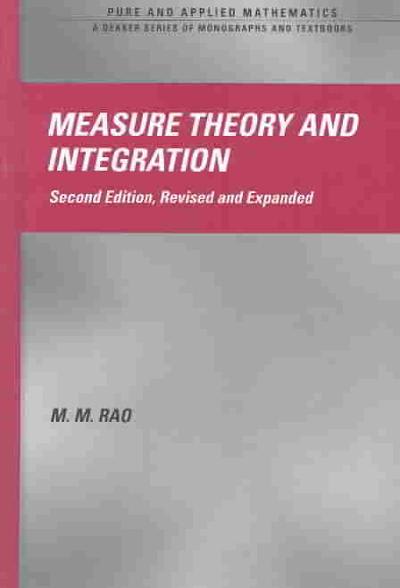Question
Hi, this question is about queuing theory, I hope you'd be able to help. I've been struggling for days and still haven't figured it out.
Hi, this question is about queuing theory, I hope you'd be able to help. I've been struggling for days and still haven't figured it out.
Suppose there are two types of elevators. Buildings A and B have the same number of floors.
Assume that passengers take the elevator at the lobby, and only go up.
There is no inter-floor traffic, and once the elevator unloads all passengers, it will come back to the lobby, empty, and without distraction.
Building A has 2 elevators that serve all floors.
Building B has 2 elevators that serve only half of the floors. One elevator serves only the bottom half (may be 1-5) and the other elevator serves the upper half (may be 6-10).
a) How do the average queuing time differ between the two buildings?
b) How do the average # of passengers queuing differ?
c) How do the average amount of time in system differ?
d) How do the average # of passengers in system differ?
====
What I think about the above question is that it's a difference between One M/M/2 system and Two M/M/1 systems. Please correct me if I'm wrong.
The point that I'm confused is, I think would be different because Building B elevators only serve half of the floors, but how do I model that?
I'm really poor at math, so detailed explanations would be really helpful!
I'm a 1st year masters student in business.
Thanks a lot!
Step by Step Solution
There are 3 Steps involved in it
Step: 1

Get Instant Access to Expert-Tailored Solutions
See step-by-step solutions with expert insights and AI powered tools for academic success
Step: 2

Step: 3

Ace Your Homework with AI
Get the answers you need in no time with our AI-driven, step-by-step assistance
Get Started


